
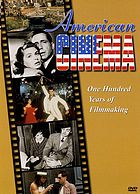 American cinema - 100 Years of Filmmaking
American cinema - 100 Years of Filmmaking
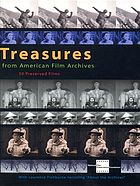 Treasures from American film archives : 50 preserved films
by
Treasures from American film archives : 50 preserved films
by
 Hollywoodism: Jews, Movies and the American Dream
by
Hollywoodism: Jews, Movies and the American Dream
by
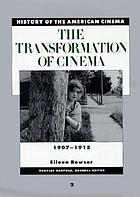 History of American Cinema (10-volume series)
History of American Cinema (10-volume series)
Note: For more print resources on American cinema history, see the call number PN1993.5.U6.




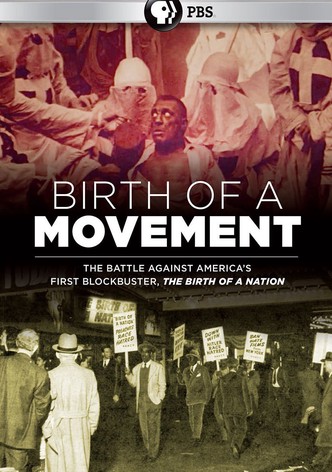 Birth of a Movement : the battle against America's first blockbuster, Birth of a Nation
by
Birth of a Movement : the battle against America's first blockbuster, Birth of a Nation
by
 D.W. Griffith : years of discovery, 1909-1913
D.W. Griffith : years of discovery, 1909-1913
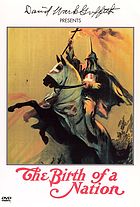 The birth of a nation
The birth of a nation
 Intolerance : a sun-play of the ages : A drama of comparisons
Intolerance : a sun-play of the ages : A drama of comparisons
 W.C. Fields by himself : his intended autobiography
W.C. Fields by himself : his intended autobiography
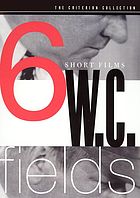 W.C. Fields : 6 short films
W.C. Fields : 6 short films
 The autobiography of Cecil B. DeMille
The autobiography of Cecil B. DeMille
 The king of kings (VHS)
The king of kings (VHS)
 Four frightened people (part of: The Cecil B. DeMille collection)
Four frightened people (part of: The Cecil B. DeMille collection)
 Cecil B. DeMille's Cleopatra
Cecil B. DeMille's Cleopatra
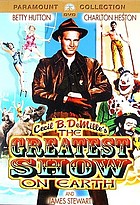 The Greatest Show on Earth
The Greatest Show on Earth
 The ten commandments
The ten commandments
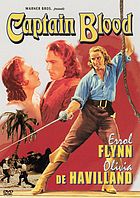 Captain Blood
Captain Blood
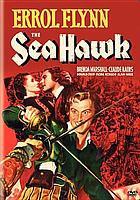 The Sea Hawk
The Sea Hawk
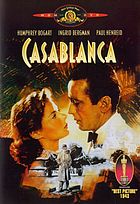 Casablanca
Casablanca
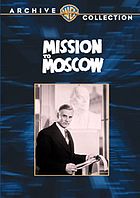 Mission to Moscow
Mission to Moscow
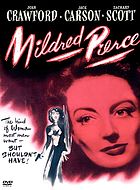 Mildred Pierce
Mildred Pierce
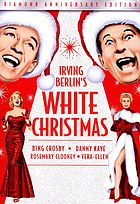 Irving Berlin's White Christmas
Irving Berlin's White Christmas
 The comancheros (part of: John Wayne : the Fox westerns)
The comancheros (part of: John Wayne : the Fox westerns)
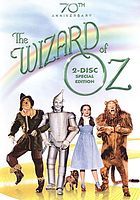 The Wizard of Oz
The Wizard of Oz
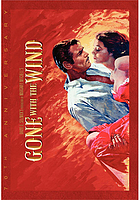 Gone with the wind
Gone with the wind
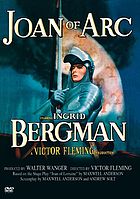 Joan of Arc
Joan of Arc
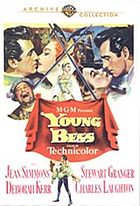 Young Bess
Young Bess
 The good earth
The good earth
 The lost patrol (part of: John Ford film collection)
The lost patrol (part of: John Ford film collection)
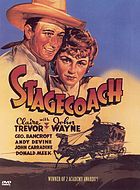 Stagecoach
Stagecoach
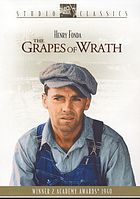 The Grapes of Wrath
The Grapes of Wrath
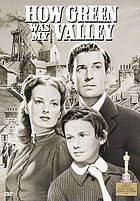 How green was my valley
How green was my valley
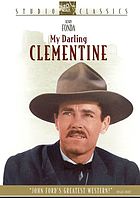 John Ford's My darling Clementine
John Ford's My darling Clementine
 She Wore a Yellow Ribbon
She Wore a Yellow Ribbon
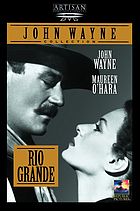 Rio Grande
Rio Grande
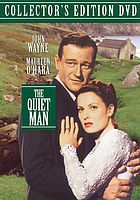 The quiet man
The quiet man
 The searchers
The searchers
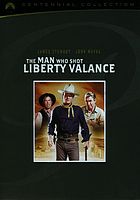 The man who shot Liberty Valance
The man who shot Liberty Valance
 Hawks on Hawks
by
Hawks on Hawks
by
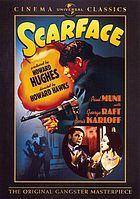 Scarface
Scarface
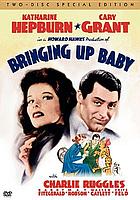 Bringing Up Baby
Bringing Up Baby
 Howard Hawk's His girl Friday
Howard Hawk's His girl Friday
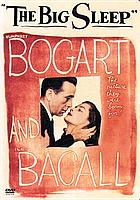 The big sleep
The big sleep
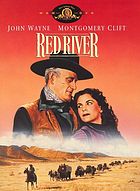 Red River
Red River
 Mamoulian
by
Mamoulian
by
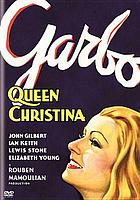 Queen Christina
Queen Christina
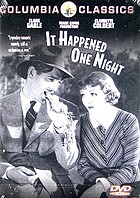 It happened one night
It happened one night
 Frank Capra's You can't take it with you
Frank Capra's You can't take it with you
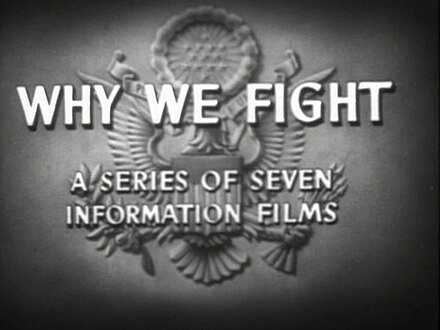 World war II : why we fight
World war II : why we fight
 Frank Capra's It's a wonderful life
Frank Capra's It's a wonderful life
 Sullivan's travels
Sullivan's travels
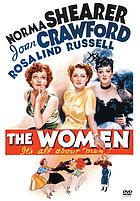 The Women
The Women
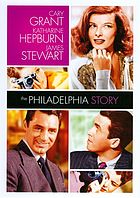 The Philadelphia story
The Philadelphia story
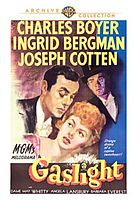 Gaslight
Gaslight
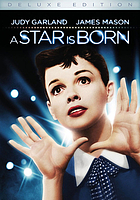 A Star Is Born
A Star Is Born
 My fair lady
My fair lady
 The Disney Version : the life, times, art, and commerce of Walt Disney
by
The Disney Version : the life, times, art, and commerce of Walt Disney
by
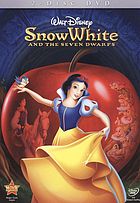 Snow White and the seven dwarfs
Snow White and the seven dwarfs
 Pinocchio
Pinocchio
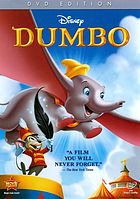 Dumbo
Dumbo
 Bambi
Bambi
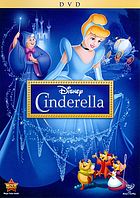 Cinderella
Cinderella
 101 dalmations
101 dalmations
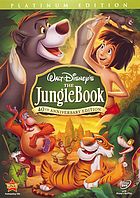 The jungle book
The jungle book
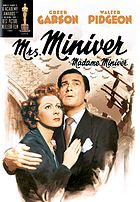 Mrs. Miniver
Mrs. Miniver
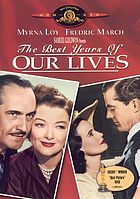 The best years of our lives
The best years of our lives
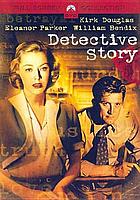 Detective story
Detective story
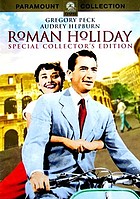 Roman holiday
Roman holiday
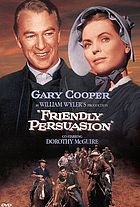 Friendly persuasion
Friendly persuasion
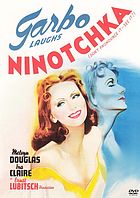 Ninotchka
Ninotchka
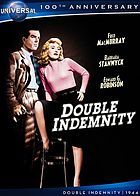 Double indemnity
Double indemnity
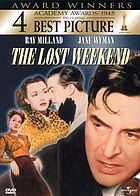 The lost weekend
The lost weekend
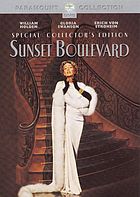 Sunset Blvd.
Sunset Blvd.
 Ace in the hole
Ace in the hole
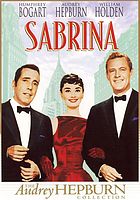 Sabrina
Sabrina
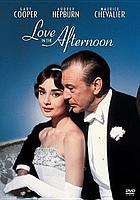 Love in the Afternoon
Love in the Afternoon
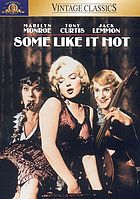 Some like it hot
Some like it hot
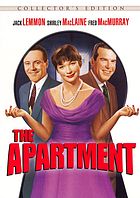 The Apartment
The Apartment
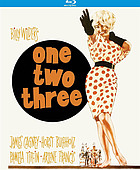 One, two, three
One, two, three
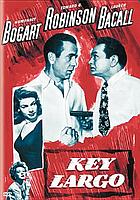 Key Largo
Key Largo
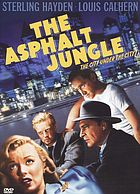 The asphalt jungle
The asphalt jungle
 The African queen
The African queen
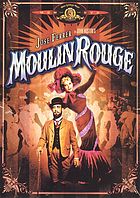 Moulin Rouge
Moulin Rouge
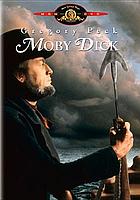 Herman Melville's Moby Dick
Herman Melville's Moby Dick
 The man who would be king
The man who would be king
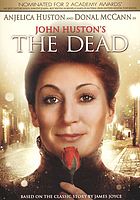 The dead
The dead
 Elia Kazan ; A Life
by
Elia Kazan ; A Life
by
 Gentleman's agreement
by
Gentleman's agreement
by
 A streetcar named Desire
A streetcar named Desire
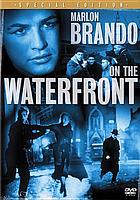 On the waterfront
On the waterfront
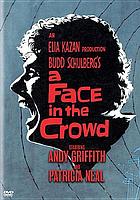 A face in the crowd
A face in the crowd
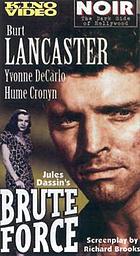 Brute force
Brute force
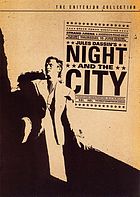 Night and the city
Night and the city
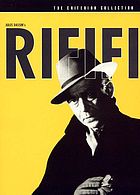 Rififi
Rififi
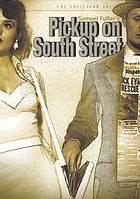 Pickup on South Street
Pickup on South Street
 The naked kiss
The naked kiss
 High Noon
High Noon
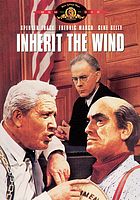 Inherit the wind
Inherit the wind
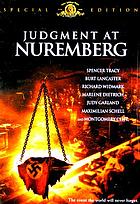 Judgment at Nuremberg
Judgment at Nuremberg
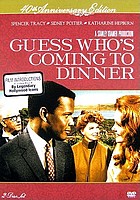 Guess who's coming to dinner
Guess who's coming to dinner
 Citizen Welles : a biography of Orson Welles
by
Citizen Welles : a biography of Orson Welles
by
 Citizen Kane : 70th anniversary utimate collector's edition
Citizen Kane : 70th anniversary utimate collector's edition
 The magnificent Ambersons
The magnificent Ambersons
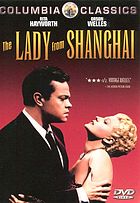 The Lady from Shanghai
The Lady from Shanghai
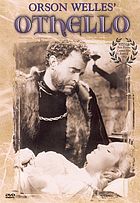 The tragedy of Othello, the Moor of Venice
The tragedy of Othello, the Moor of Venice
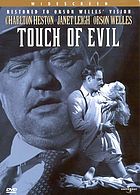 Touch of Evil
Touch of Evil
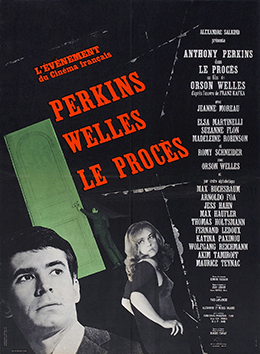 Le Procès = The trial (VHS)
Le Procès = The trial (VHS)
 Falstaff : Chimes at Midnight (VHS)
Falstaff : Chimes at Midnight (VHS)
 Orson Welles's F for fake
Orson Welles's F for fake
 Maya Deren : experimental films
Maya Deren : experimental films
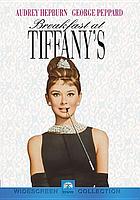 Breakfast at Tiffany's
Breakfast at Tiffany's
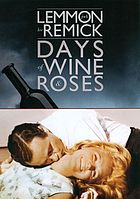 Days of wine and roses
Days of wine and roses
 12 Angry Men
12 Angry Men
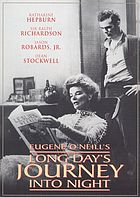 Long day's journey into night
Long day's journey into night
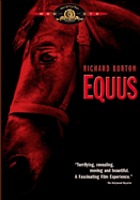 Equus
Equus
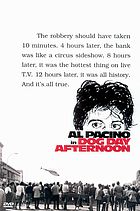 Dog Day Afternoon
Dog Day Afternoon
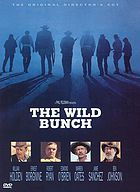 The wild bunch
The wild bunch
 M*A*S*H
M*A*S*H
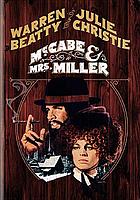 McCabe & Mrs. Miller
McCabe & Mrs. Miller
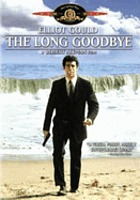 The long goodbye
The long goodbye
 Nashville
Nashville
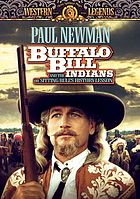 Buffalo Bill and the Indians : or, Sitting Bull's history lesson
Buffalo Bill and the Indians : or, Sitting Bull's history lesson
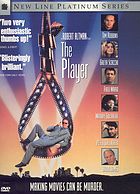 The player
The player
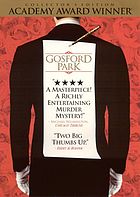 Gosford Park
Gosford Park
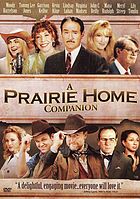 A prairie home companion
A prairie home companion
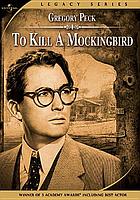 To kill a mockingbird
by
To kill a mockingbird
by
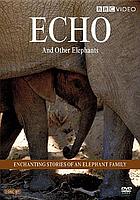 The stalking moon
by
The stalking moon
by
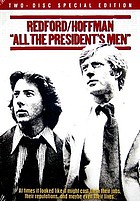 All the president's men
by
All the president's men
by
 Sophie's choice
by
Sophie's choice
by
 Stanley Kubrick Directs
by
Stanley Kubrick Directs
by
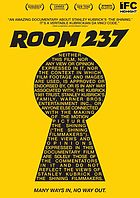 Room 237 : being an inquiry into The shining in 9 parts
by
Room 237 : being an inquiry into The shining in 9 parts
by
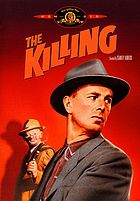 The killing
The killing
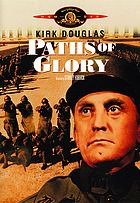 Paths of glory
Paths of glory
 Spartacus
Spartacus
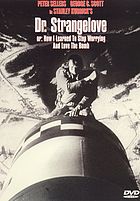 Dr. Strangelove, or, How I learned to stop worrying and love the bomb
Dr. Strangelove, or, How I learned to stop worrying and love the bomb
 2001, a space odyssey
2001, a space odyssey
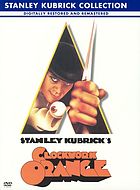 A clockwork orange
A clockwork orange
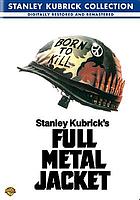 Full metal jacket
Full metal jacket
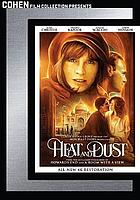 Heat and dust
Heat and dust
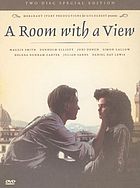 A room with a view
A room with a view
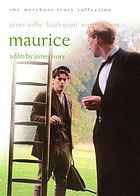 Maurice
Maurice
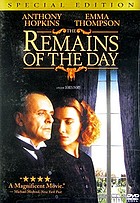 The remains of the day
The remains of the day
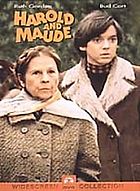 Harold and Maude
Harold and Maude
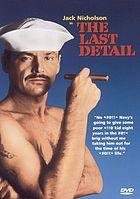 The last detail
The last detail
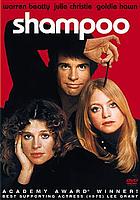 Shampoo
Shampoo
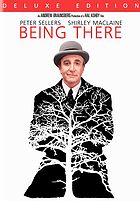 Being there
Being there
 American Dreaming : the films of John Cassavetes and the American experience
by
American Dreaming : the films of John Cassavetes and the American experience
by
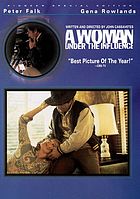 A woman under the influence
A woman under the influence
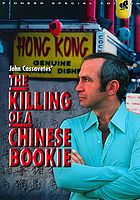 The killing of a Chinese bookie
The killing of a Chinese bookie
 Bird
Bird
 Unforgiven
Unforgiven
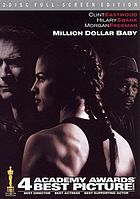 Million dollar baby
Million dollar baby
 Flags of our fathers
Flags of our fathers
 Letters from Iwo Jima
Letters from Iwo Jima
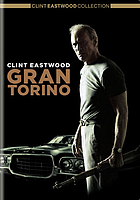 Gran Torino
Gran Torino
 Invictus
Invictus
 American Sniper
American Sniper
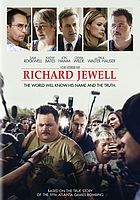 Richard Jewell
Richard Jewell
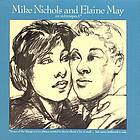 In retrospect : some of the things you've always wanted to know about a lot of stuff-- but never bothered to ask
by
In retrospect : some of the things you've always wanted to know about a lot of stuff-- but never bothered to ask
by
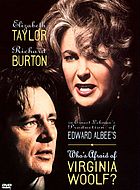 Who's afraid of Virginia Woolf?
Who's afraid of Virginia Woolf?
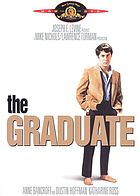 The graduate
The graduate
 Catch-22
Catch-22
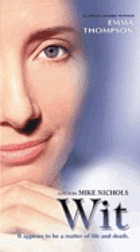 Wit
Wit
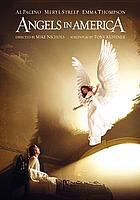 Angels in America (TV miniseries)
Angels in America (TV miniseries)
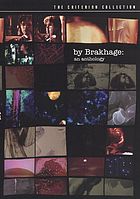 By Brakhage: An Anthology, Volume One
By Brakhage: An Anthology, Volume One
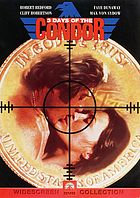 Three days of the Condor
Three days of the Condor
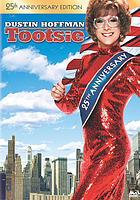 Tootsie
Tootsie
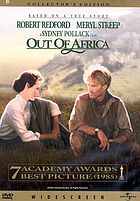 Out of Africa
Out of Africa
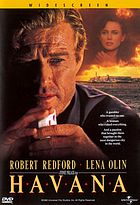 Havana
Havana
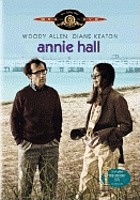 Annie Hall
Annie Hall
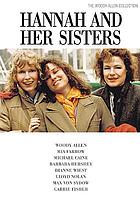 Hannah and her sisters
Hannah and her sisters
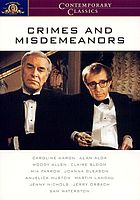 Crimes and misdemeanors
Crimes and misdemeanors
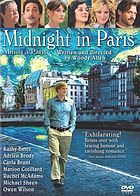 Midnight in Paris
Midnight in Paris
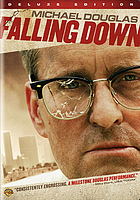 Falling down
Falling down
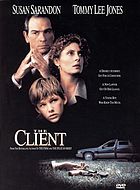 The client
The client
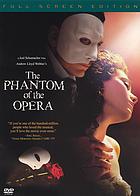 The phantom of the Opera
The phantom of the Opera
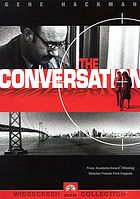 The conversation
The conversation
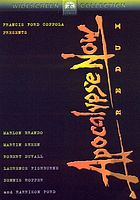 Apocalypse now redux
Apocalypse now redux
 The outsiders
The outsiders
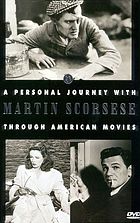 A personal journey with Martin Scorsese through American movies
A personal journey with Martin Scorsese through American movies
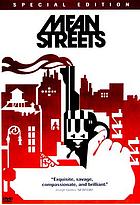 Mean streets
Mean streets
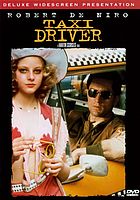 Taxi driver
Taxi driver
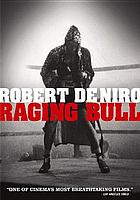 Raging Bull
Raging Bull
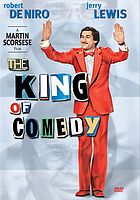 The king of comedy
The king of comedy
 The Last Temptation of Christ
The Last Temptation of Christ
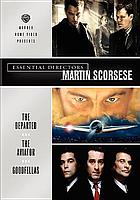 Goodfellas
Goodfellas
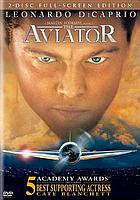 The Aviator
The Aviator
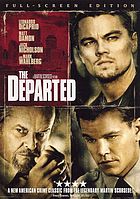 The departed
The departed
 Shutter Island
Shutter Island
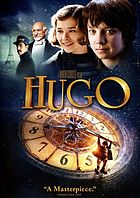 Hugo
Hugo
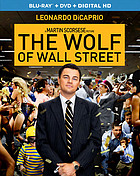 The wolf of Wall Street
The wolf of Wall Street
 Terrence Malick : rehearsing the unexpected
Terrence Malick : rehearsing the unexpected
 Badlands
Badlands
 Days of heaven
Days of heaven
 The tree of life
The tree of life
 A hidden life
A hidden life
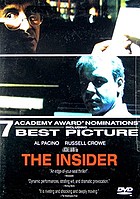 The Insider
The Insider
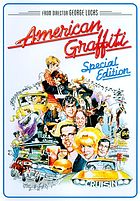 American graffiti
American graffiti
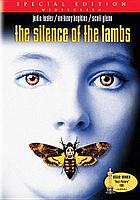 The silence of the lambs
The silence of the lambs
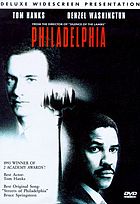 Philadelphia
Philadelphia
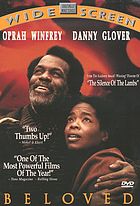 Beloved
Beloved
 Blue velvet
Blue velvet
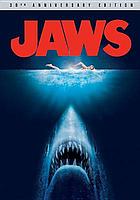 Jaws
Jaws
 Close encounters of the third kind
Close encounters of the third kind
 E.T., the extra-terrestrial
E.T., the extra-terrestrial
 The color purple
The color purple
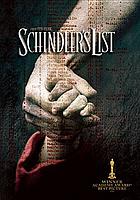 Schindler's List
Schindler's List
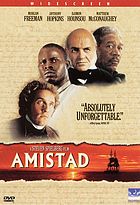 Amistad
Amistad
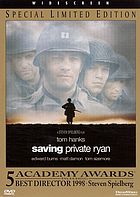 Saving Private Ryan
Saving Private Ryan
 Minority report
Minority report
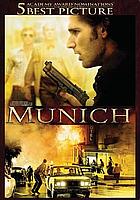 Munich
Munich
 War horse
War horse
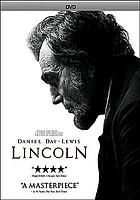 Lincoln
Lincoln
 Bridge of Spies
Bridge of Spies
 The Post
The Post
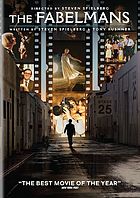 The Fabelmans
The Fabelmans
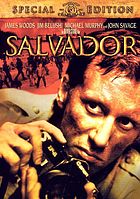 Salvador
Salvador
 Platoon
Platoon
 Wall Street
Wall Street
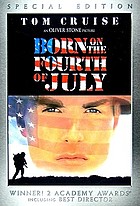 Born on the Fourth of July
Born on the Fourth of July
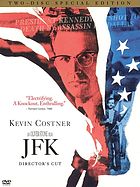 JFK
JFK
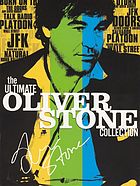 Heaven & Earth
Heaven & Earth
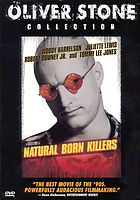 Natural Born Killers
Natural Born Killers
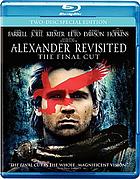 Alexander revisited : the final cut
Alexander revisited : the final cut
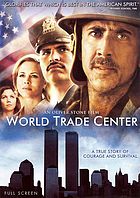 World Trade Center
World Trade Center
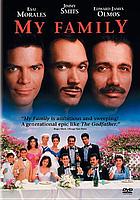 My family = Mi familia
My family = Mi familia
 The hurt locker
The hurt locker
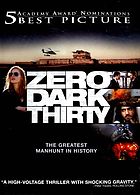 Zero dark thirty
Zero dark thirty
 My own private Idaho
My own private Idaho
 Good Will Hunting
Good Will Hunting
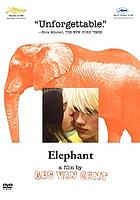 Elephant
Elephant
 Milk
Milk
 Oedipus Rex : opera-oratorio in two acts + conversations with Julie Taymor
Oedipus Rex : opera-oratorio in two acts + conversations with Julie Taymor
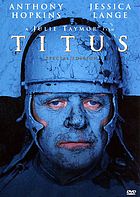 Titus
Titus
 Frida
Frida
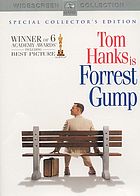 Forrest Gump
Forrest Gump
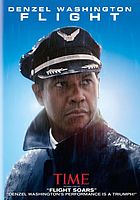 Flight
Flight
 The siege
The siege
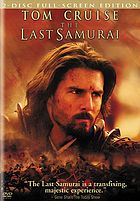 The last samurai
The last samurai
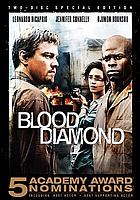 Blood Diamond
Blood Diamond
 Defiance
Defiance
 Stranger than paradise
Stranger than paradise
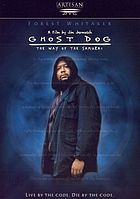 Ghost dog : the way of the samurai
Ghost dog : the way of the samurai
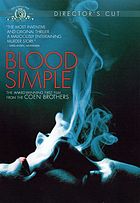 Blood simple
Blood simple
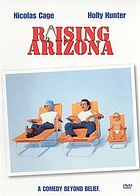 Raising Arizona
Raising Arizona
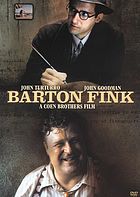 Barton Fink
Barton Fink
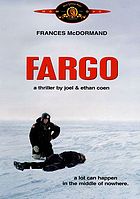 Fargo
Fargo
 O brother, where art thou?
O brother, where art thou?
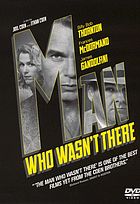 The man who wasn't there
The man who wasn't there
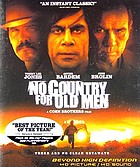 No country for old men
No country for old men
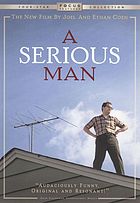 A serious man
A serious man
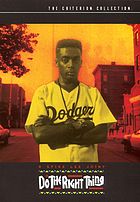 Do the right thing
Do the right thing
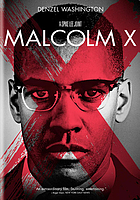 Malcolm X
Malcolm X
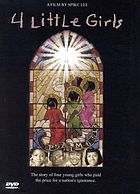 4 Little Girls
4 Little Girls
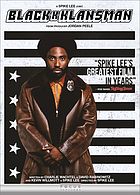 BlacKkKlansman
BlacKkKlansman
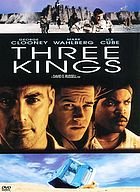 Three kings
Three kings
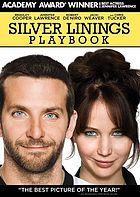 Silver linings playbook
Silver linings playbook
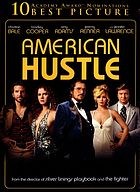 American Hustle
American Hustle
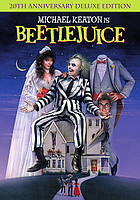 Beetle Juice
Beetle Juice
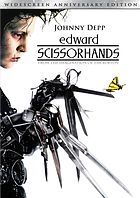 Edward Scissorhands
Edward Scissorhands
 The nightmare before Christmas
by
The nightmare before Christmas
by
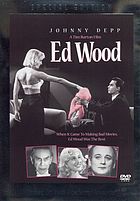 Ed Wood
Ed Wood
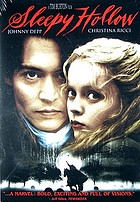 Sleepy Hollow
Sleepy Hollow
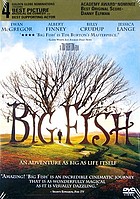 Big fish
Big fish
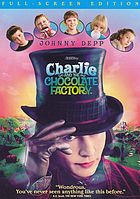 Charlie and the chocolate factory
Charlie and the chocolate factory
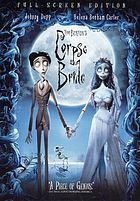 Tim Burton's Corpse bride
Tim Burton's Corpse bride
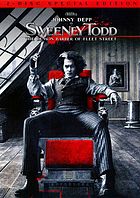 Sweeney Todd : the demon barber of Fleet street
Sweeney Todd : the demon barber of Fleet street
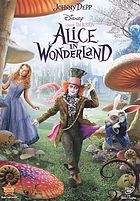 Alice in Wonderland
Alice in Wonderland
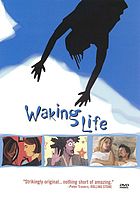 Waking life
Waking life
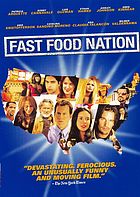 Fast Food Nation
Fast Food Nation
 Boyhood
Boyhood
 Election
Election
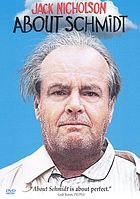 About Schmidt
About Schmidt
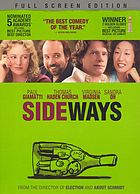 Sideways
Sideways
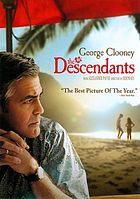 The Descendants
The Descendants
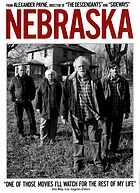 Nebraska
Nebraska
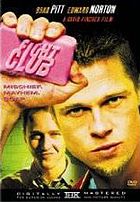 Fight club
Fight club
 Zodiac
Zodiac
 The curious case of Benjamin Button
The curious case of Benjamin Button
 The social network
The social network
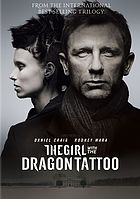 The girl with the dragon tattoo
The girl with the dragon tattoo
 Sex, lies, and videotape
Sex, lies, and videotape
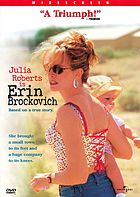 Erin Brockovich
Erin Brockovich
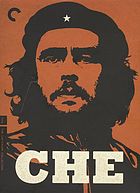 Che
by
Che
by
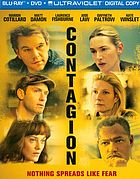 Contagion
Contagion
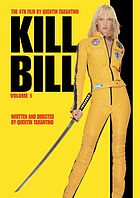 Kill Bill, Volume 1
Kill Bill, Volume 1
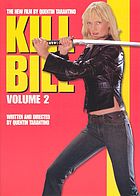 Kill Bill, Volume 2
Kill Bill, Volume 2
 Inglourious basterds
Inglourious basterds
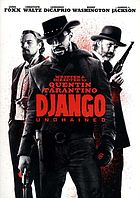 Django Unchained
Django Unchained
 Once Upon a Time... in Hollywood
Once Upon a Time... in Hollywood
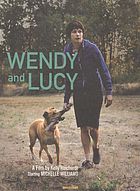 Wendy and Lucy
Wendy and Lucy
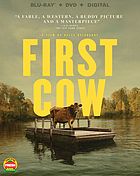 First cow
First cow
 The Matrix
The Matrix
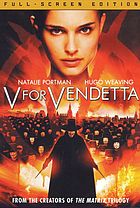 V for vendetta
V for vendetta
 El Mariachi (part of: Robert Rodriguez Mexico trilogy)
El Mariachi (part of: Robert Rodriguez Mexico trilogy)
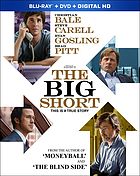 The big short
The big short
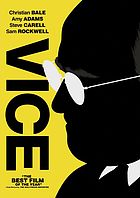 Vice
Vice
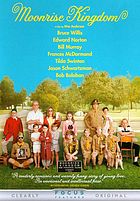 Moonrise Kingdom
Moonrise Kingdom
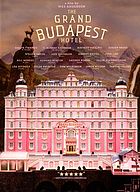 The Grand Budapest Hotel
The Grand Budapest Hotel
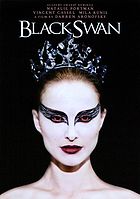 Black swan
Black swan
 Noah
Noah
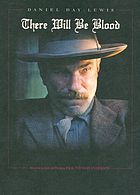 There will be blood
There will be blood
 The Phantom Thread
The Phantom Thread
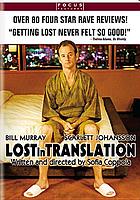 Lost in translation
Lost in translation
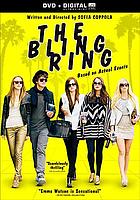 The bling ring
The bling ring
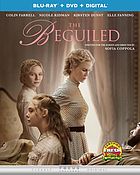 The beguiled
The beguiled
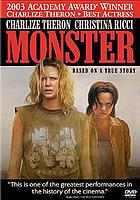 Monster
Monster
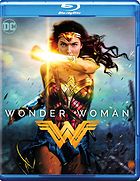 Wonder Woman
Wonder Woman
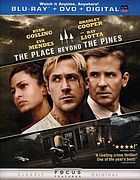 The place beyond the pines
The place beyond the pines
 The light between oceans
The light between oceans
 Short term 12
Short term 12
 Moonlight
Moonlight
 If Beale Street could talk
If Beale Street could talk
 Lady Bird
Lady Bird
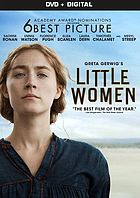 Little women
Little women
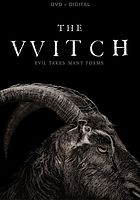 The witch : a New England folktale
The witch : a New England folktale
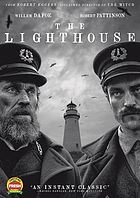 The lighthouse
The lighthouse
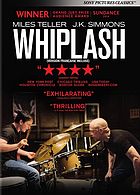 Whiplash
Whiplash
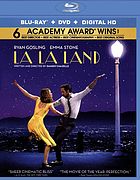 La la land
La la land
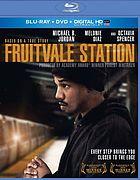 Fruitvale Station
Fruitvale Station
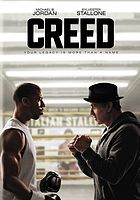 Creed
Creed
 Black Panther
Black Panther
 In the Heat of the Night
In the Heat of the Night
 Jesus Christ superstar
Jesus Christ superstar
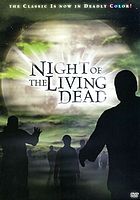 Night of the Living Dead
Night of the Living Dead
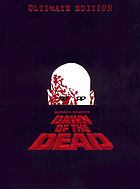 Dawn of the dead
Dawn of the dead
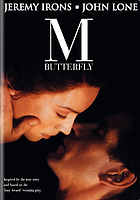 M. Butterfly
M. Butterfly
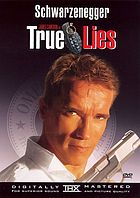 True Lies
True Lies
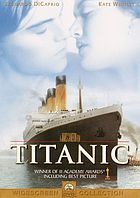 Titanic
Titanic
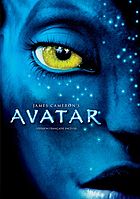 Avatar
Avatar
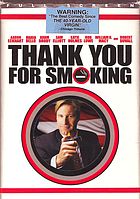 Thank you for smoking
Thank you for smoking
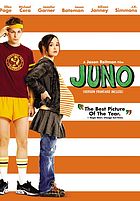 Juno
Juno
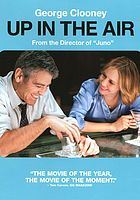 Up in the Air
Up in the Air
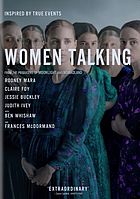 Women talking
Women talking
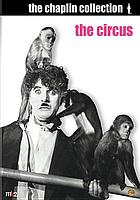 The circus
The circus
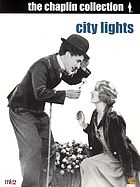 City lights
City lights
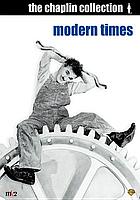 Modern times
Modern times
 The great dictator
The great dictator
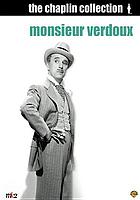 Monsieur Verdoux : a comedy of murders
Monsieur Verdoux : a comedy of murders
 Hitchcock
by
Hitchcock
by
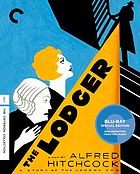 The lodger : a story of the London fog
The lodger : a story of the London fog
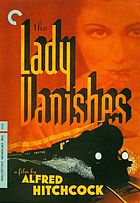 The lady vanishes
The lady vanishes
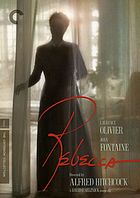 Rebecca
Rebecca
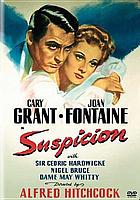 Suspicion
Suspicion
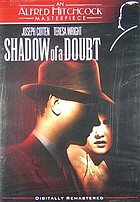 Shadow of a Doubt
Shadow of a Doubt
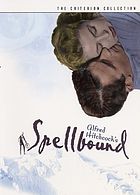 Alfred Hitchcock's Spellbound
Alfred Hitchcock's Spellbound
 Alfred Hitchcock's Dial M for Murder
Alfred Hitchcock's Dial M for Murder
 Rear Window
Rear Window
 Vertigo
Vertigo
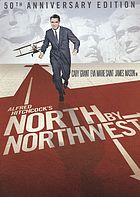 North by Northwest
North by Northwest
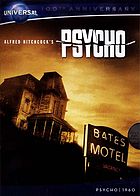 Alfred Hitchcock's Psycho
Alfred Hitchcock's Psycho
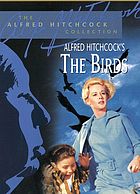 Alfred Hitchcock's The birds
Alfred Hitchcock's The birds
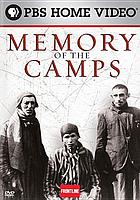 Memory of the camps
Memory of the camps
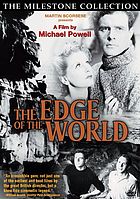 The edge of the world
The edge of the world
 The thief of Bagdad : an Arabian fantasy
The thief of Bagdad : an Arabian fantasy
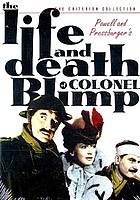 The Life and Death of Colonel Blimp
The Life and Death of Colonel Blimp
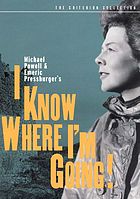 I Know Where I’m Going!
I Know Where I’m Going!
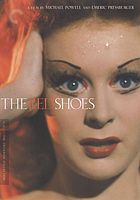 The Red Shoes
The Red Shoes
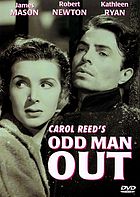 Odd man out
Odd man out
 The fallen idol
The fallen idol
 The third man
The third man
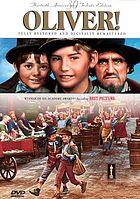 Oliver!
Oliver!
 Noel Coward's Brief encounter
Noel Coward's Brief encounter
 Great Expectations
Great Expectations
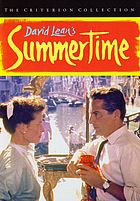 Summertime
Summertime
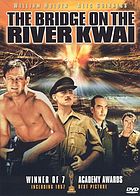 The Bridge on the River Kwai
The Bridge on the River Kwai
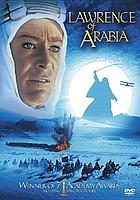 Lawrence of Arabia
Lawrence of Arabia
 Doctor Zhivago
Doctor Zhivago
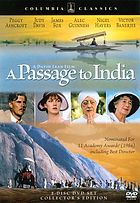 A passage to India
A passage to India
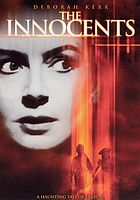 The innocents
The innocents
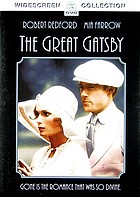 The great Gatsby
The great Gatsby
 Brook by Brook, an intimate portrait ; The tragedy of Hamlet.
Brook by Brook, an intimate portrait ; The tragedy of Hamlet.
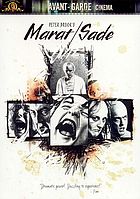 Marat/Sade = The Persecution and Assassination of Jean-Paul Marat as Performed by the Inmates of the Asylum at Charenton under the Direction of the Marquis de Sade
Marat/Sade = The Persecution and Assassination of Jean-Paul Marat as Performed by the Inmates of the Asylum at Charenton under the Direction of the Marquis de Sade
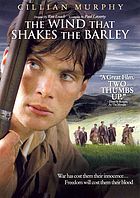 The Wind That Shakes the Barley
The Wind That Shakes the Barley
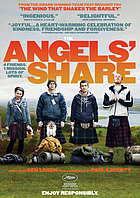 The Angels' Share
The Angels' Share
 I, Daniel Blake
I, Daniel Blake
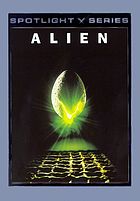 Alien
Alien
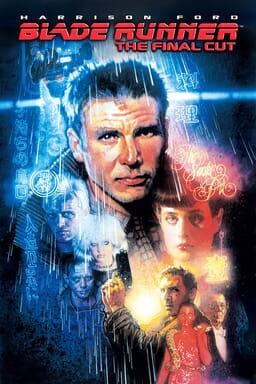 Blade runner
Blade runner
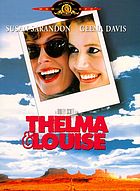 Thelma & Louise
Thelma & Louise
 Gladiator
Gladiator
 Black Hawk down
Black Hawk down
 Kingdom of heaven : ultimate edition
Kingdom of heaven : ultimate edition
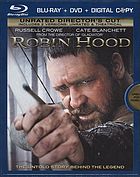 Robin Hood : unrated director's cut
Robin Hood : unrated director's cut
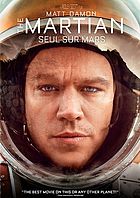 The Martian
The Martian
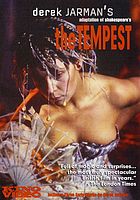 William Shakespeare's The tempest
William Shakespeare's The tempest
 The Last of England
The Last of England
 Naked
Naked
 Topsy-Turvy
Topsy-Turvy
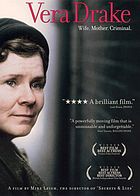 Vera Drake
Vera Drake
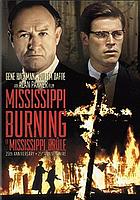 Mississippi Burning
Mississippi Burning
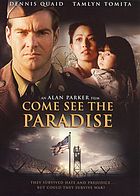 Come see the paradise
Come see the paradise
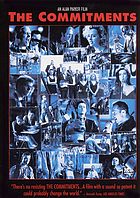 The Commitments
The Commitments
 Evita
Evita
 The English patient
The English patient
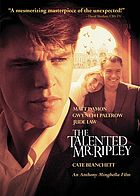 The Talented Mr. Ripley
The Talented Mr. Ripley
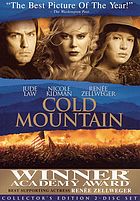 Cold Mountain
Cold Mountain
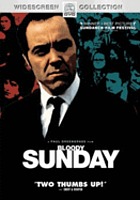 Bloody Sunday
Bloody Sunday
 United 93
United 93
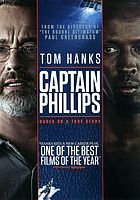 Captain Phillips
Captain Phillips
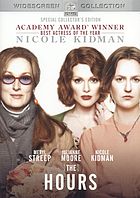 The hours
The hours
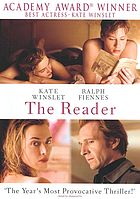 The reader
The reader
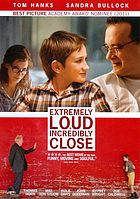 Extremely loud & incredibly close
Extremely loud & incredibly close
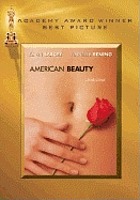 American Beauty
American Beauty
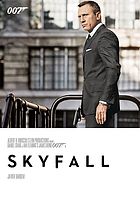 Skyfall
Skyfall
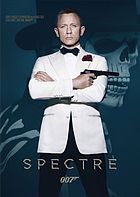 Spectre
Spectre
 1917
1917
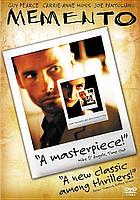 Memento
Memento
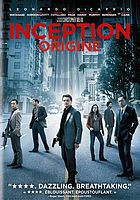 Inception
Inception
 Dunkirk
Dunkirk
 Three billboards outside Ebbing, Missouri
Three billboards outside Ebbing, Missouri
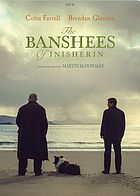 The banshees of Inisherin
The banshees of Inisherin
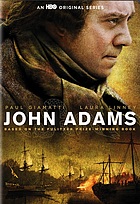 John Adams (TV miniseries)
John Adams (TV miniseries)
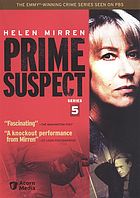 Prime suspect. Series 6 (TV series)
Prime suspect. Series 6 (TV series)
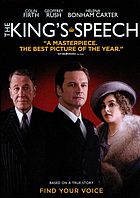 The King's Speech
The King's Speech
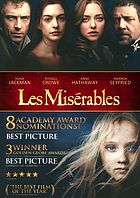 Les Misérables
Les Misérables
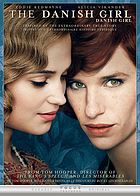 The Danish girl
The Danish girl
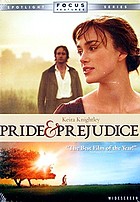 Pride & prejudice
Pride & prejudice
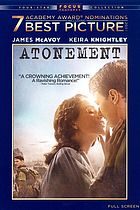 Atonement
Atonement
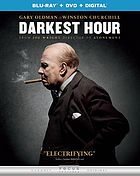 Darkest hour
Darkest hour
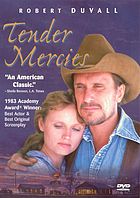 Tender mercies
Tender mercies
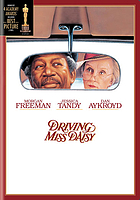 Driving Miss Daisy
Driving Miss Daisy
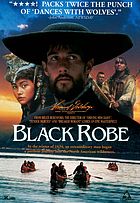 Black Robe
Black Robe
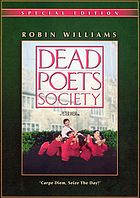 Dead Poets Society
Dead Poets Society
 The year of living dangerously
The year of living dangerously
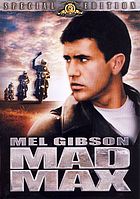 Mad Max
Mad Max
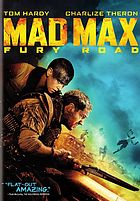 Mad Max : Fury Road
Mad Max : Fury Road
 The Piano
The Piano
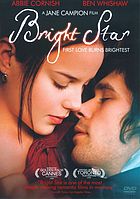 Bright star
Bright star
 The lord of the rings, the two towers
The lord of the rings, the two towers
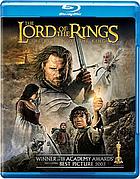 The lord of the rings. The return of the king
The lord of the rings. The return of the king
 The Hobbit: An Unexpected Journey
The Hobbit: An Unexpected Journey
 William Shakespeare's Romeo + Juliet
William Shakespeare's Romeo + Juliet
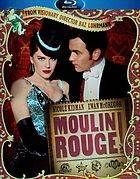 Moulin Rouge!
Moulin Rouge!
 Elvis
Elvis
 Hunt for the Wilderpeople
Hunt for the Wilderpeople
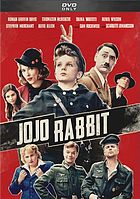 Jojo Rabbit
Jojo Rabbit
This work is licensed under CC BY-NC-SA 4.0